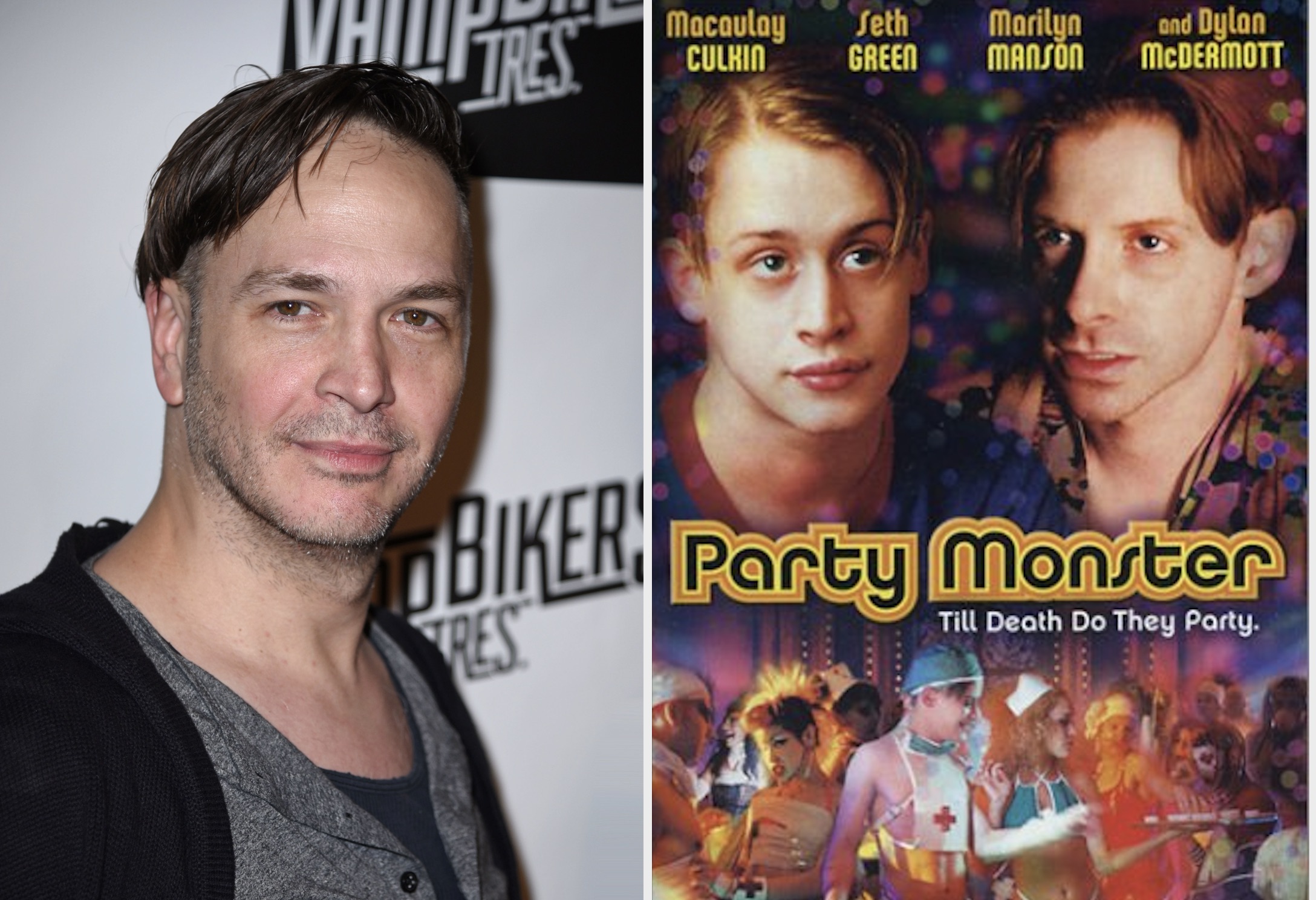He became known as the “Club Kid Killer,” but his fame and time in the spotlight came long before the murder conviction that made headlines.
In the late 80s and through the early 90s, Michael Alig was something of a celebrity of the dance club scene. He was the leader of the “Club Kids,” a group of dance club personalities that influenced fashion and youth culture. Alig and fellow Club Kid Robert D. “Freeze” Riggs become icons of the New York party scene, even making frequent appearances on TV talk shows like Today and Good Morning America, at the height of their popularity.
But that all came crashing down when on the night of March 17, 1996, Alig and Riggs murdered Andre “Angel” Melendez in Alig’s apartment. After the heinous deed, Alig dismembered his former friend, and he and Riggs promptly disposed of Melendez’s body in the Hudson River like so much trash.
Melendez’s remains were found some months later by kids playing on a beach in Staten Island. Upon hearing of the discovery of the body, Alig fled New York, but Riggs had been arrested and confessed to police. The “Club Kid Killer,” as Alig now was known, never went to trial. Both he and Riggs accepted a plea deal in which they pleaded guilty to first-degree manslaughter and received a sentence of ten to twenty years in prison apiece.
Alig’s newfound status as a killer coupled with his time as a Club Kid only added to his “celebrity.” In 1999, Alig’s close friend, and fellow Club Kid, James St. James, published a book based on his time with Alig entitled “Party Monster: A Fabulous But True Tale of Murder in Clubland.” In 2003 the book was made into a movie with Macauley Culkin of “Home Alone” fam in the starring role, and Seth Green portraying James St. James.
The End of the Party
Prison should have been the end of the party for Alig, but alas, it was not. The “Club Kid” was eligible for parole in 2004, but he was not released on parole until 2014. His release from prison came with several restrictions. Alig returned to New York City, where he had to undergo drug and anger management counseling, job readiness training, and abide by a strict 8 p.m. curfew.
However, Alig still craved the spotlight and soon returned to his partying ways. Cashing in on his past as a Club Kid and newfound “fame” from the book and movie, Alig started a YouTube channel and tried various other ways to become a modern “influencer” as he once was. But he soon found fame and celebrity are fleeting in the days of full-blown social media that was just in its infancy when the Club Kids were on the rise. A proposed reality series based on his past and current life never came to fruition. This began a downward spiral for the once-glamorous party boy.
He became reclusive and largely dropped out of the public eye in 2015. He resurfaced in 2017 for another arrest. The charge was smoking crystal meth in a closed park at 1:30 in the morning. Alig was arrested and pleaded guilty to trespassing in exchange for a conditional discharge. Before this arrest, he’d claimed to have been sober.
After that, he again disappeared into relative obscurity. Only when items from his estate went up for auction on eBay in early 2020 did his remaining fans begin to suspect his life had taken another turn for the worse.
The party ended for the Club Kid on Christmas Day 2020, when Alig’s ex-boyfriend discovered his lifeless body in their Manhattan apartment. He died of an accidental heroin overdose. The Party Monster Killer, who helped create the Club Kid scene in the 1990s, was officially gone, but his impact on New York City nightlife remains a fixture of the city’s history. Perhaps in his death, Alig finally earned the fame he so desperately craved.


Liberals and so called compassionate folks kill more people than the actual killers do. Why? They enable them to commit these crimes by giving them light sentences and often letting them off on technicalities. Liberalism KILLS. Democrat Policies KILL!